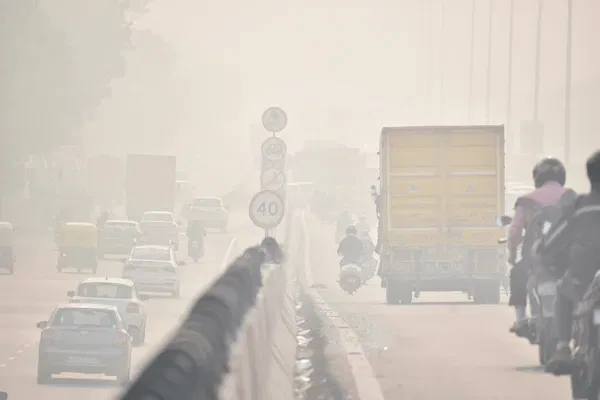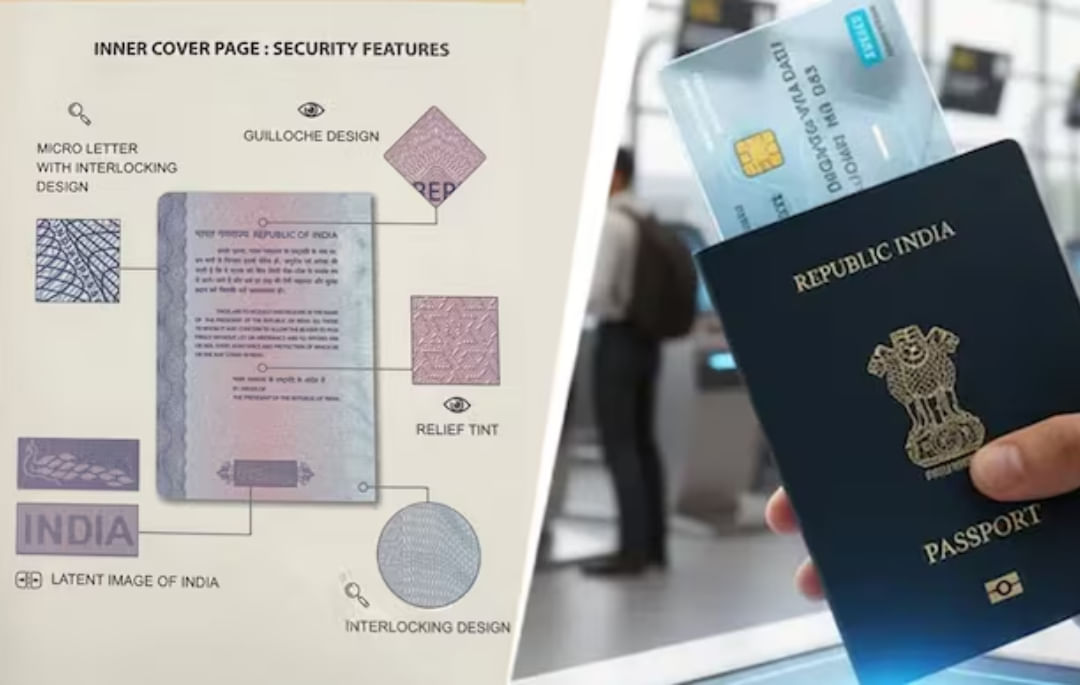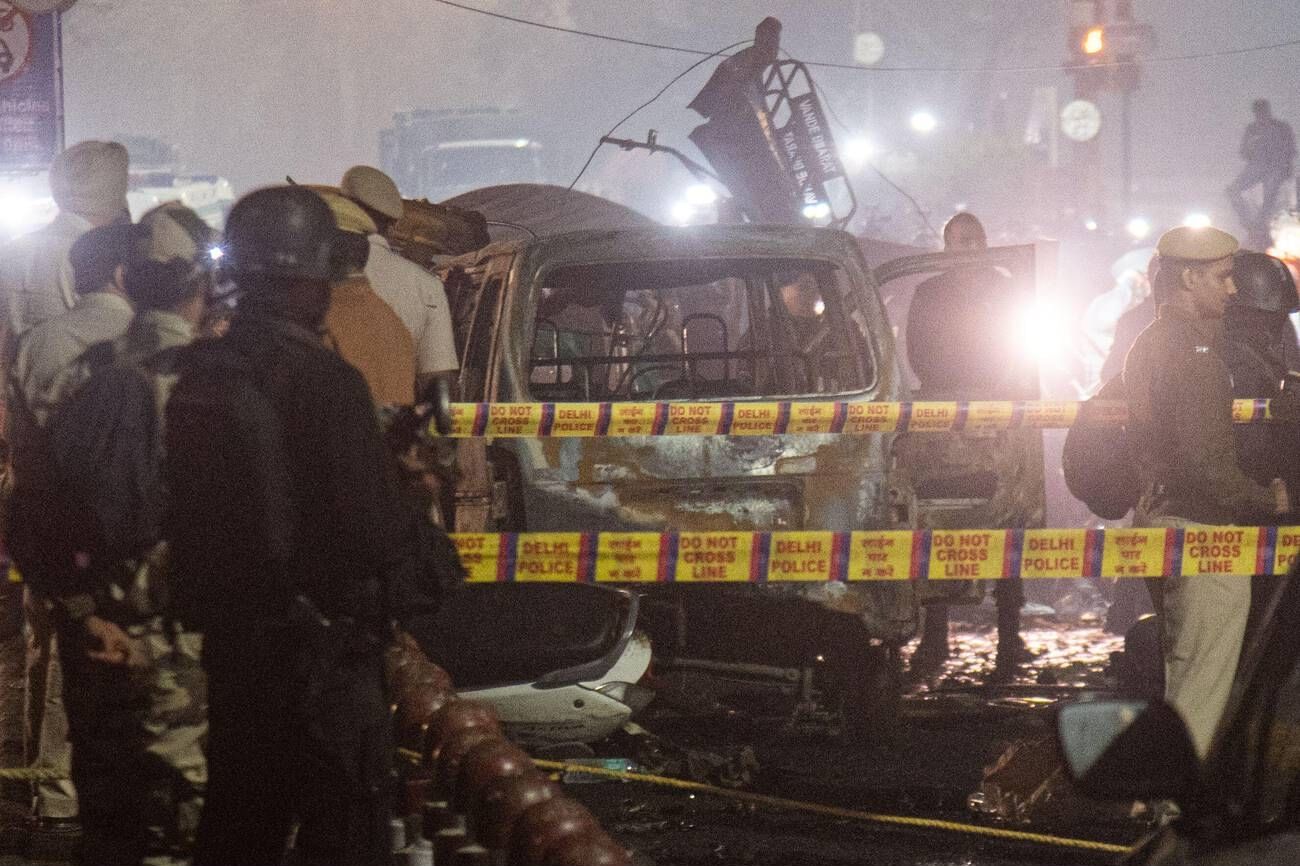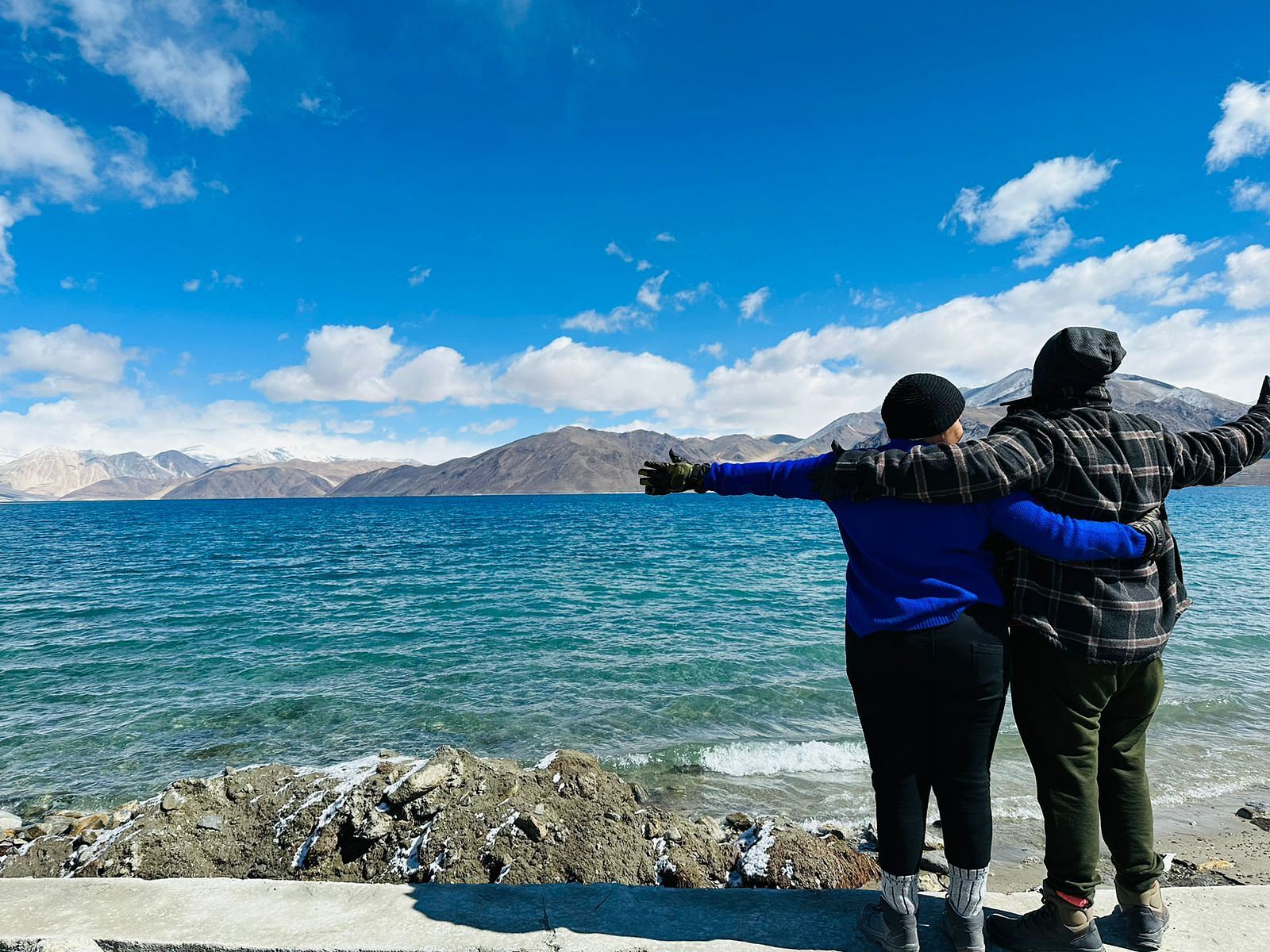Delhi residents started their Thursday morning breathing in heavily polluted air, with the city's air quality falling into the 'very poor' category. By 8 am, the pollution levels had climbed to 351 on the Air Quality Index.
Several neighborhoods across the capital are struggling with severe air pollution Delhi. Areas like Burari, Anand Vihar, Chandani Chowk, ITO, and Jahangirpuri are among the worst-affected spots.
This comes just a day after authorities lifted the Stage 3 restrictions that were part of the Graded Response Action Plan meant to control Delhi NCR pollution and the surrounding areas. The Commission for Air Quality Management had removed these measures, but the Delhi air quality
seems to tell a different story today!
What Changed With GRAP Stage 3 Being Revoked
The Commission for Air Quality Management decided to lift GRAP-3-restrictions on Wednesday. However, this doesn't mean things are improving. Authorities are actually tightening Stage 1 and Stage 2 restrictions instead.
Construction sites that received closure notices won't be allowed to restart work without specific permission from the Commission. Weather forecasts suggest the Delhi air quality will likely stay in the 'very poor' range for the coming days.
Delhi's Air Quality Remains Hazardous Despite Lifted Restrictions
Delhi continues to choke under thick smog as the city entered its 21st consecutive day of dangerous air pollution levels on Wednesday. The Delhi AQI (air quality index) stood at 327 in the afternoon, putting it firmly in the 'very poor' category that health experts warn against.
Multiple neighborhoods are bearing the brunt of the very poor air quality Delhi.
- Rohini recorded the highest reading at 400, while Jahangirpuri hit 394.
- Anand Vihar reached 390, and Narela stood at 388.
- Other affected areas include Burari at 369, Dwarka at 348, along with Chandani Chowk and ITO crossing the 300 mark.
Government's Long-Term Plan to Tackle the Crisis
Union Environment Minister Bhupender Yadav has asked Delhi and neighboring states to create a science-based plan for planting more greenery. The strategy needs to cover both cities and villages, with proper mapping of forest areas to help improve the very poor air quality Delhi over time.
Delhi Smog Health Effects (And What You Can Do)
The persistent smog blanketing Delhi for weeks has led to a spike in health problems. Doctors are seeing more patients complaining of breathing difficulties, eye irritation, and lung-related issues.
If you're living in the capital city right now, here's how to protect yourself from the Delhi smog health effects:
- Limit outdoor activities, especially during morning and evening hours when pollution peaks.
- Invest in a good-quality N95 or N99 mask when stepping out.
- Use air purifiers indoors if possible, particularly in bedrooms.
- Keep windows closed during high pollution hours.
- Stay hydrated and include antioxidant-rich foods in your diet.
- Monitor the AQI daily through apps before planning outdoor activities.
For Tourists Planning a Delhi Visit
- Consider rescheduling if you have respiratory conditions like asthma.
- If travel is unavoidable, pack masks, carry your medications, and book accommodations with air purification systems.
- Plan indoor activities like museums and shopping malls during peak pollution hours.












